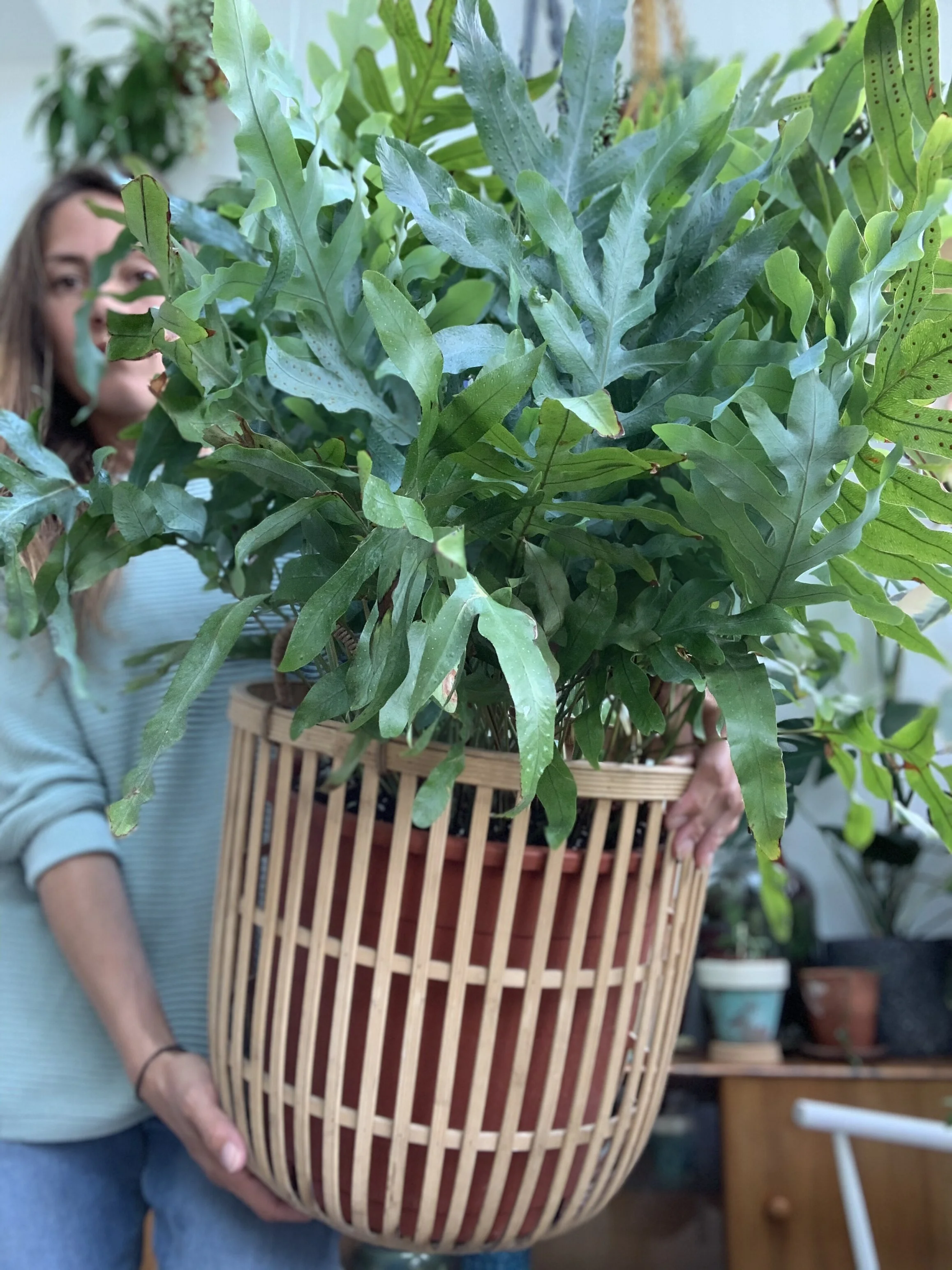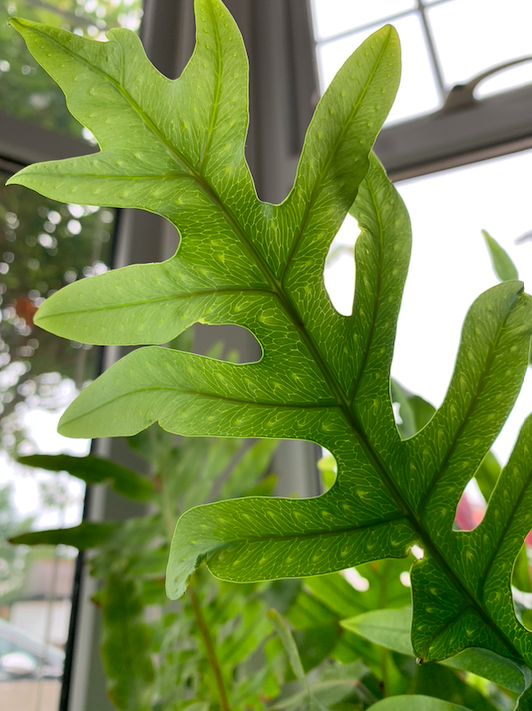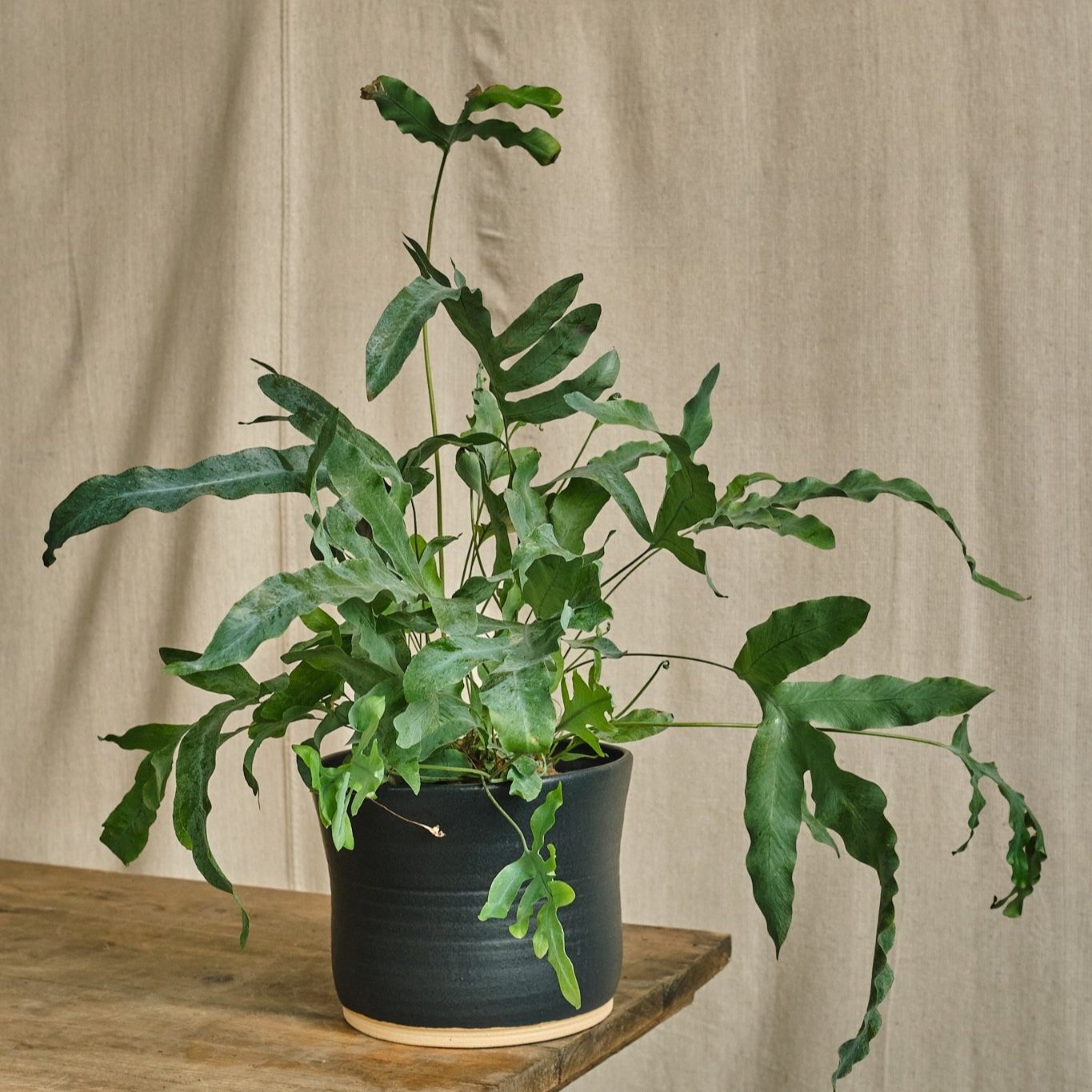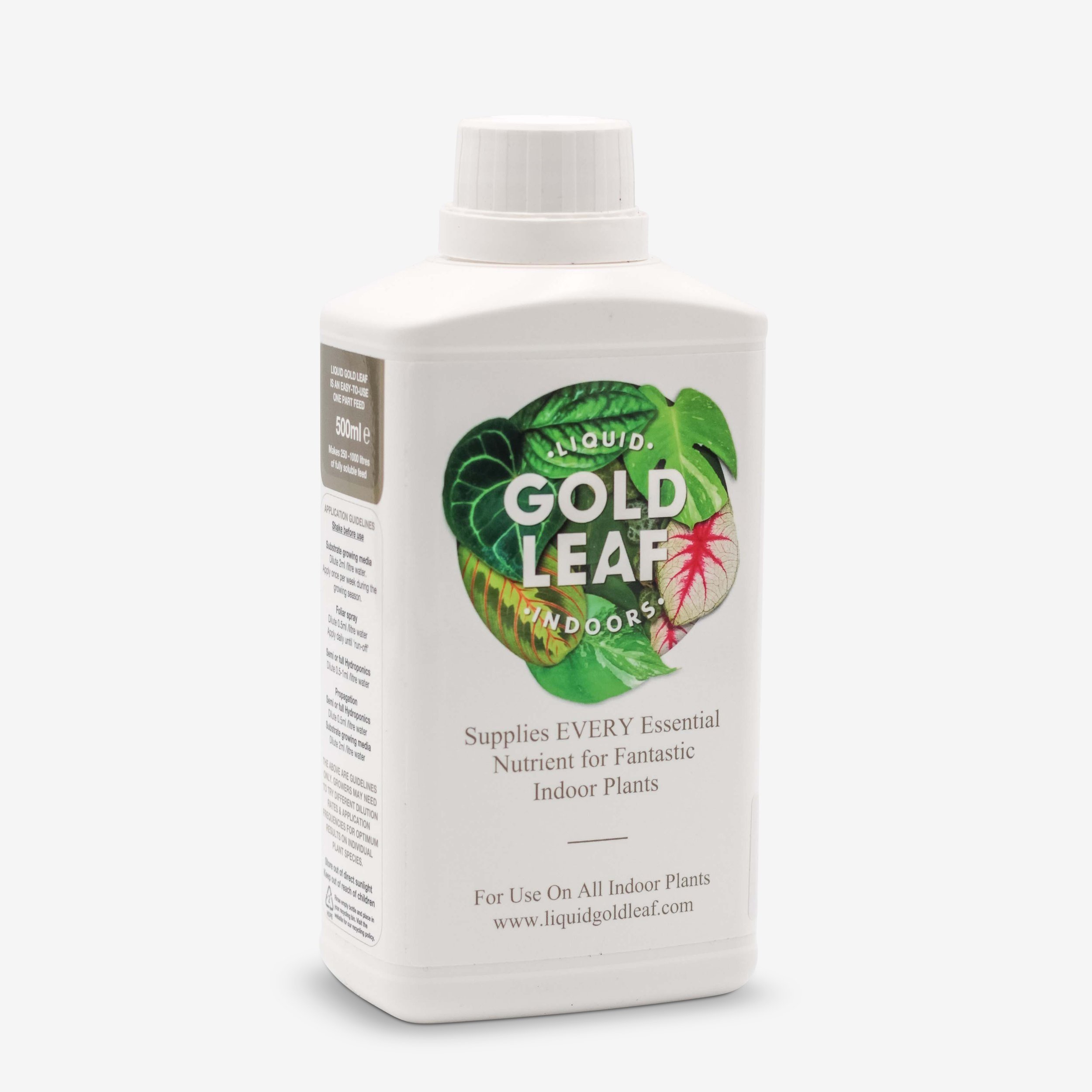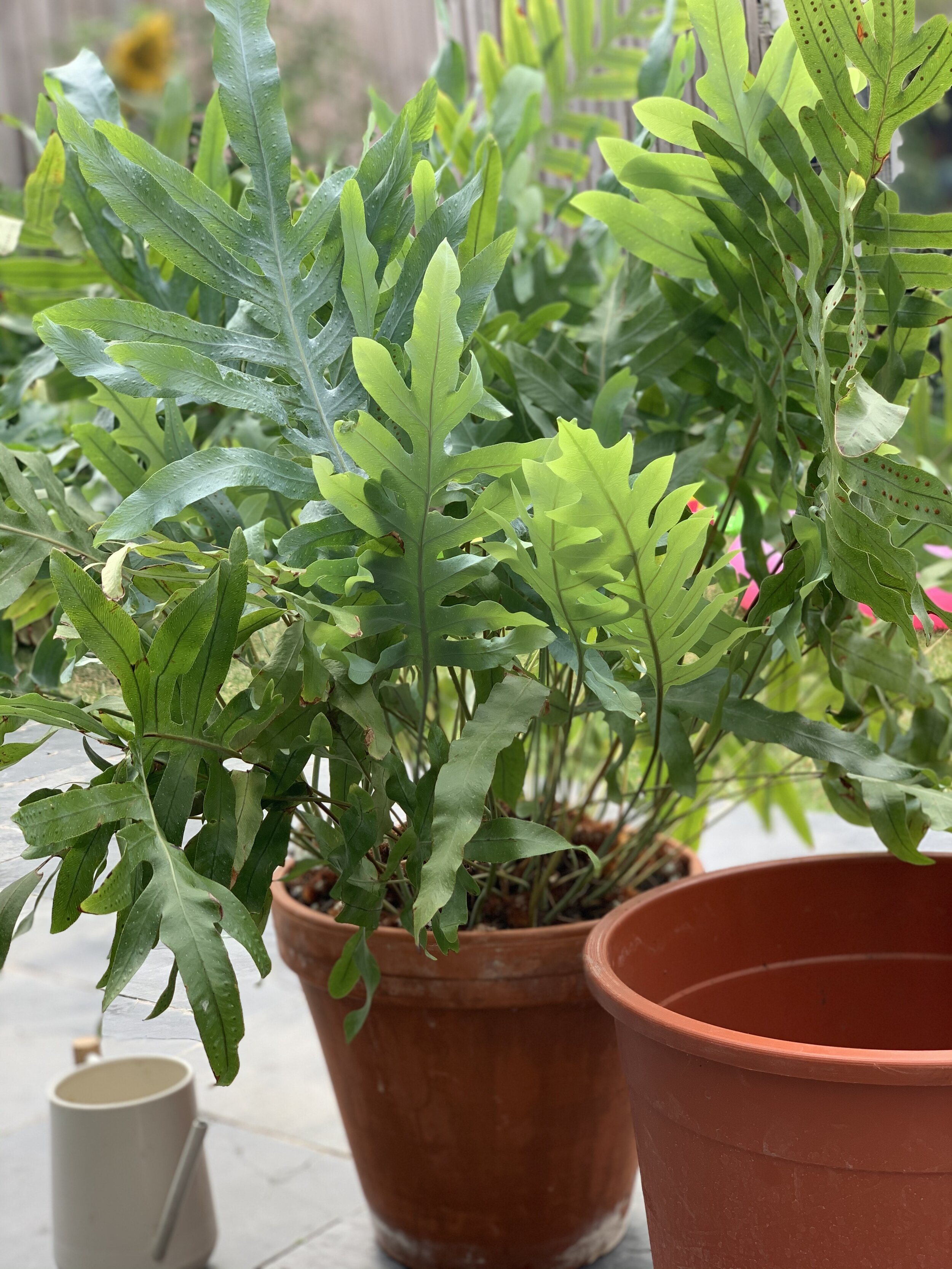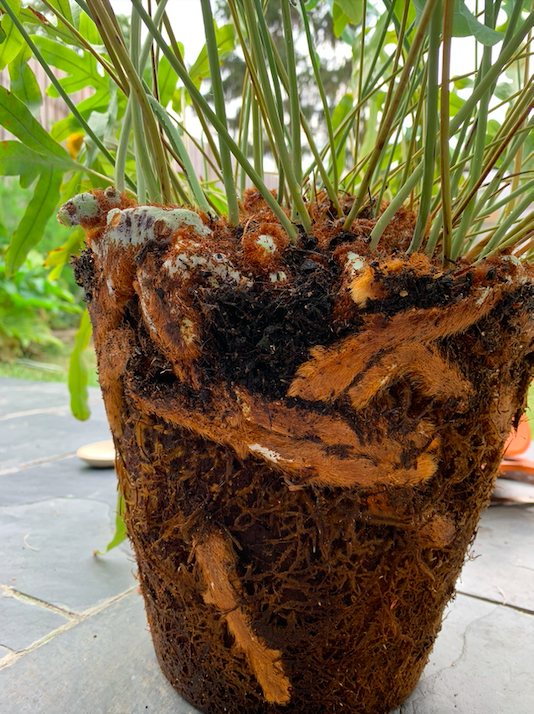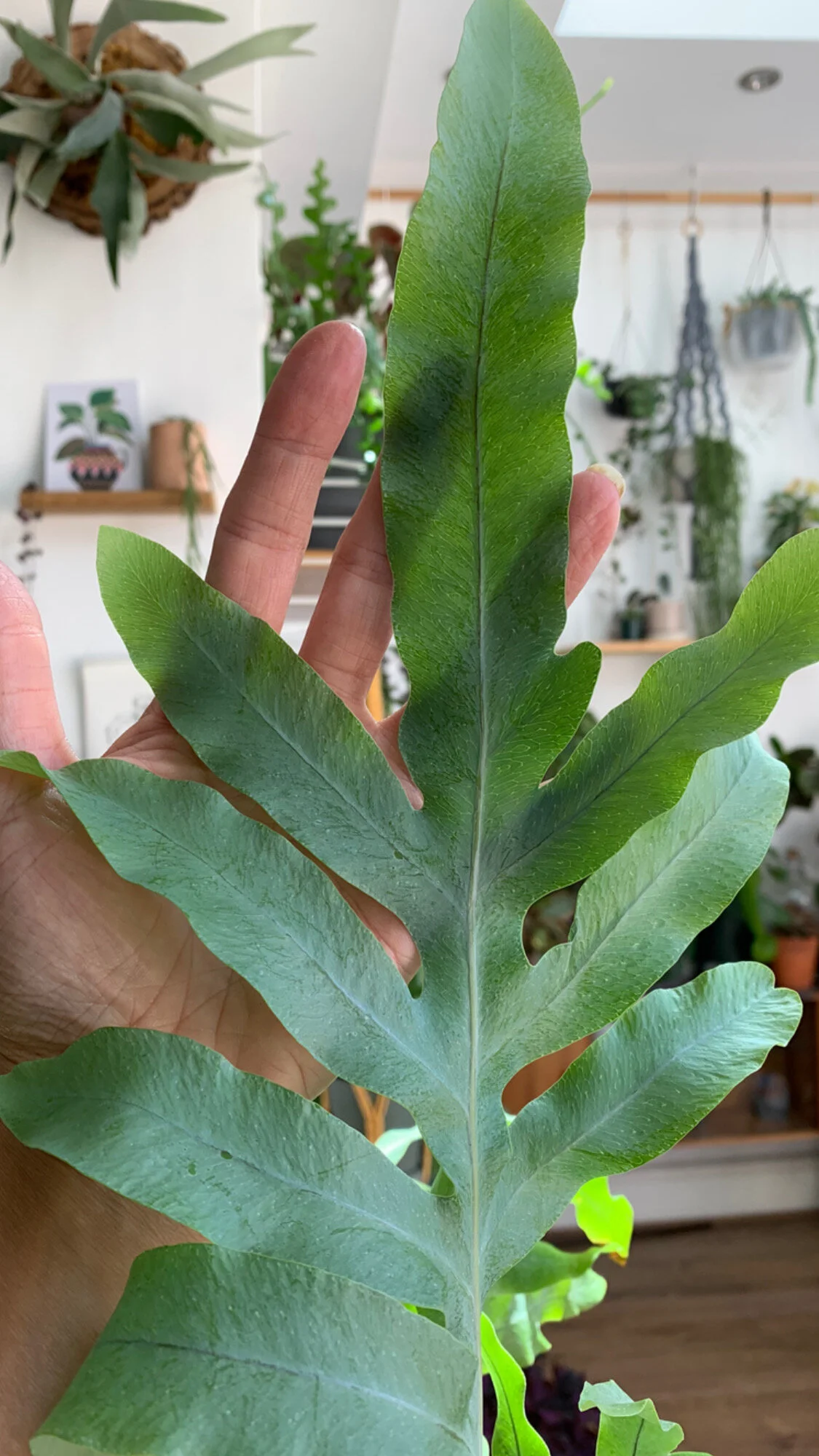Ferns are one of my favourite plant types, indoors and out, and they have been since I was a child when I fell in love with how their fronds unfurl.
Ferns as houseplants tend to be one of the trickier species to make thrive due to our dry, centrally heated homes. However, the Blue Star Fern is one of the easiest houseplant ferns there is and it is a real stunner.
Shop blue star ferns on shopgreenrooms.com
Native habitat
Found naturally in the tropical rainforest of South America, the Blue Star Fern is an epiphyte, meaning it attaches itself to, and grows on trees. Often found in the canopy of rainforests but also on the lower levels on the forest too. This means it will like a warm, humid environment out of direct sunlight.
Light
As with other ferns the Blue Star can tolerate low light levels, however it will thrive in medium light levels with a decent amount of indirect light, with no direct sunlight shining onto the plant. Near to an East or West facing window would be suitable. Too much direct light and the fronds will become brown and crispy. Too little light and the leaves will become very pale in colour.
Water
The Blue Star Fern will like to be kept moist, unlike most houseplants that are happy to dry out a bit between watering, the Blue Star Fern will not like to be dry. The soil should be kept moist but not soggy. I water mine once a week. If the top of the soil is just starting to dry then it is time to water.
You will see the orangey brown hard rhizomes at the base of the plant, these will not like to get wet so you can water very close to the edge of the pot away from the rhizomes or water from the underneath. You can sit the plant in the sink or bath for 30 mins or until the top of the soil is moist. Take care not to leave the plant sitting in water for too long, otherwise this could lead to root rot. A larger pot will take longer than a smaller pot to take up the water, and you might find it a bit ineffective as I do for my largest ferns - in this case I gently water around the edge of the plant.
If you live in a hard water area your Blue Star Fern will benefit from room temperature rain water or distilled water if possible.
Shop Blue Star Fern essentials
Blue Star Fern in an east-facing room away from direct sunlight
Humidity
Being native to rainforests Blue Star Ferns like many houseplants will prefer a humid environment. This can be tricky to achieve in our homes, especially over winter when we heat our houses.
If the edges of the leaves are crisp with brown tips then you likely need to increase the humidity. If you do not have a humidifier then a bathroom with enough light would be a great place for a Blue Star fern. I have two large plants, one of which lives happily in my bathroom, and the other in my living room, which I sit next to a small humidifier in winter, when the room becomes very dry with the heating. It is also not unusual for me to bring this Blue Star Fern into the bathroom once a week to make the most of the humidity in this room while the shower is in use.
You can also sit the plant constantly on a tray which contains water and pebbles, ensure the plant is not sitting below the water line, instead it should sit above the water on the pebbles. As the water evaporates this will increase the humidity a little. This is not as effective as a humidifier, but better than nothing.
Misting will do little to increase the ambient humidity around this plant and I find it can leave slightly unsightly white marks on the fronds.
Soil
Ferns will like a loose soil mix, I love Soil Ninja’s Fern mix. If you want to mix your own I would suggest I use 1/3 houseplant compost, 1/3 perlite, 1/3 orchid bark.
Repotting
I repot my Blue Star Fern once a year in spring. This will give it a boost of nutrients, but also allow space for more growth. You should increase the pot size only a little, the next size up, or a pot with a 2cm larger diameter.
It is often clear when a Blue Star Fern needs repotting as if it is in a plastic nursery pot, the pot may become misshapen with the rhizomes pushing against the sides.
I would always grow a Blue Star Fern in a plastic pot with drainage holes, rather than a terracotta pot, as I find the terracotta pots dry the soil out too quickly as the terracotta is porous, it quickly wicks moisture out of the soil.
Repotting from a terracotta pot to a more suitable (non-porous) plastic pot
Fertiliser
Blue Star Ferns do not need a lot of fertiliser to make them thrive. You can use a weakened solution of liquid plant feed (dilute more than the suggested mix on the bottle) once every two months throughout spring and summer. I would always recommend Liquid Gold Leaf.
Propagation via division
It is very easy to create new plants from your Blue Star Fern by dividing them when they become large. The plant grows in sections rather than from one central stem, these sections can be divided off as they include all the vital parts of the plant; roots, stems, leaves/fronds.
Step one:
Gently take the plant out of its pot by giving it a few squeezes to loosen it. You will be able to see the sections of the plant and where you can divide it.
Step two:
Using your hands or a sterile knife you can gently pull apart between two sections of the plant.
Step three:
The divided-off plants can be potted into the recommended soil mix above and give it a water.
Rhizomes
Propagation via spores
I have not done this yet, but it is also possible to grow new plants from the reproductive spores. These are the small brown spots that grow on the underside of the leaf. They are ready to be propagated like seeds once they turn brown and crispy.
Step one:
Using your fingers gently pull of some of the brown spores
Step two:
Place the spores on top of moist soil in a plastic pot
Step three:
Ensure the soil is kept moist (but not soggy), by regularly spraying with a mister. It is also a good idea to place the plastic pot in a clear plastic bag to maintain humidity around it.
Step four:
It may take a couple of months for the spores to germinate, where you will see small fronds growing. Once they are more established you can pot these individual baby plants into their own pots. If there is no growth after 5 or so months, then it is unlikely that spore will germinate.
Toxicity
Blue Star Ferns are not known to be toxic, so are safe to have around pets and children.
Large Blue Star Fern frond
